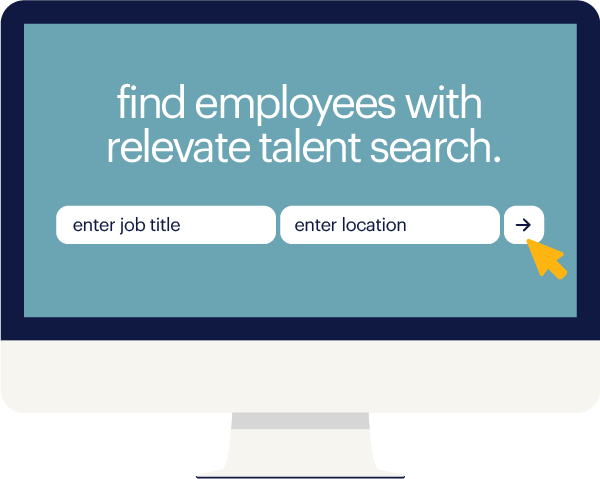Absences are piling up, fewer hands are going up in meetings and assignments are dragging on beyond deadlines — your employees are actively avoiding work. When work avoidance seems to be a characteristic that can be attributed to a majority of your workforce, as opposed to just a handful of stragglers, then it's likely a symptom of a much larger issue with employee engagement. Fortunately, that's a problem that can be solved.
Consider these three strategies that are proven to get employees back on track.
1. focus on measuring output
If you notice employees consistently avoiding work, that's a major sign that their engagement levels may be slipping, and full-blown burnout may be just around the bend. It could be that the hours and days have finally caught up with them, which means when new tasks are present, they just don't have the energy they once did to take the initiative and tackle them head on. Most work that gets done in an eight-hour day could be done in six or less, and using this knowledge can help bring about the reverse in work avoidance that you've been looking for.
-
Establish clear productivity goals. As long as the work gets done, employees have some leeway with how much time they spend onsite.
-
Set a range for when goals should be met. That can be daily, weekly or monthly, depending on what makes the most sense for your business.
-
If productivity becomes a problem again, you'll now have a set of defined metrics that illustrate where employees are falling short and how they can improve.
 |
the average employee is only productive for 2 hours and 53 minutes out of the standard workday.
|
2. productivity over presence
Switching to a results-based method of evaluation will allow you to keep productivity high while easing some of the stress on your employees at the same time. It may seem counterintuitive, but giving employees the option to spend less time at work can actually make them more productive than staying glued to their desks for eight hours straight. One study even put a number to it, finding that participants were 64 percent more productive after their hours were reduced.
-
Provide work-from-home arrangements. Giving employees the option to work remotely can ease stress and allow them to feel more refreshed and ready to take on assignments.
-
Break up the day. In addition to working from home, give employees a range as to when they can start or end each each workday.
-
Allow for flexible scheduling. This could be anything from incorporating a four-day work week to providing the option to work a weekend over certain days during the week.
 |
more time doesn’t necessarily mean more productivity: workers were 64% more productive after reducing their hours.
|
3. redefine time off
Sick-leave policies account for compensation during times when our bodies need rest, but what about our minds? The lack of widespread acceptance for mental health days means that disengaged employees may physically avoid work by calling in sick when they're more "fed up" than flu-ridden.
-
Eliminate sick days and create a catchall paid time off category that can be used for any reason and with no prior notice needed.
-
Introduce volunteer time off. Employees may get burned out and avoid work when they feel it's a barrier to pursuing causes they care about.
-
Offer paid sabbaticals. Similar to volunteer time, providing a four- to six-week break every five years to employees so they can focus on passion projects can help reduce resistance to work.
 |
time off can improve productivity and output: participants to one study who took 10+ days of vacation were 65% more likely to receive a raise or bonus.
|
partner with a staffing firm
Pinpointing the exact cause of work avoidance in your workplace can be difficult to accomplish on your own, especially with other high-priority business items vying for your attention. So if you're looking for some extra support, consider working with a staffing partner. Staffing firms can:
-
help you keep engagement high by sending you talent that matches your workplace culture and working style
-
keep you up to date with the latest workplace trends to help you ensure the experience you're offering employees is aligned with today's worker expectations
-
develop tailored employee engagement strategies for your business to assist you in maintaining high levels of productivity
If what we discussed here resonated with you, then you may benefit from having a more comprehensive staffing strategy. Click below to see if a staffing strategy is right for you, and get a step-by-step plan on how to build it. Or if you’d prefer to work with a staffing partner, our specialists are always here to help.









